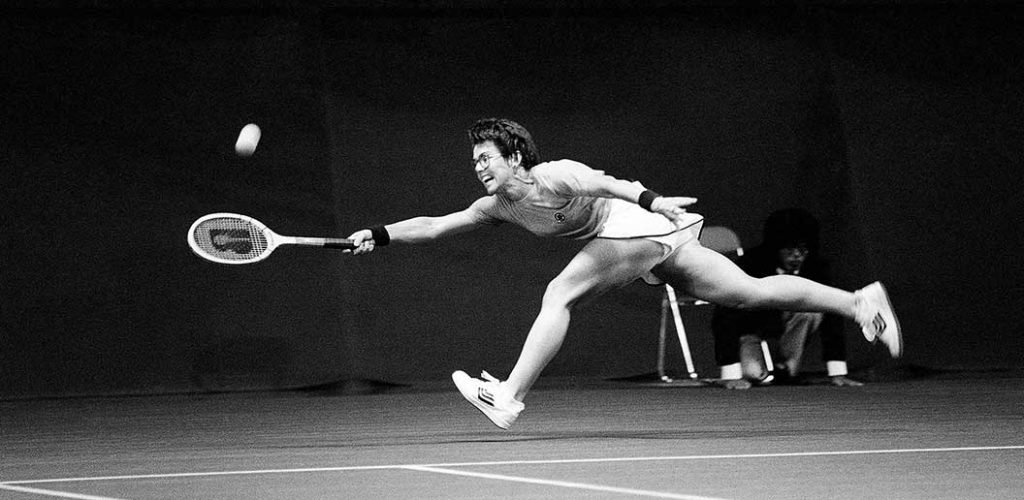The Women’s Tennis Association (WTA) is the principal organising body of women’s professional tennis. It governs the WTA Tour which is the worldwide professional tennis tour for women. Founded in 1973 by Billie Jean King with the vision of a better future for women’s tennis, the WTA today has more than 2,500 players representing nearly 100 nations competing for a record $146 million in prize money.
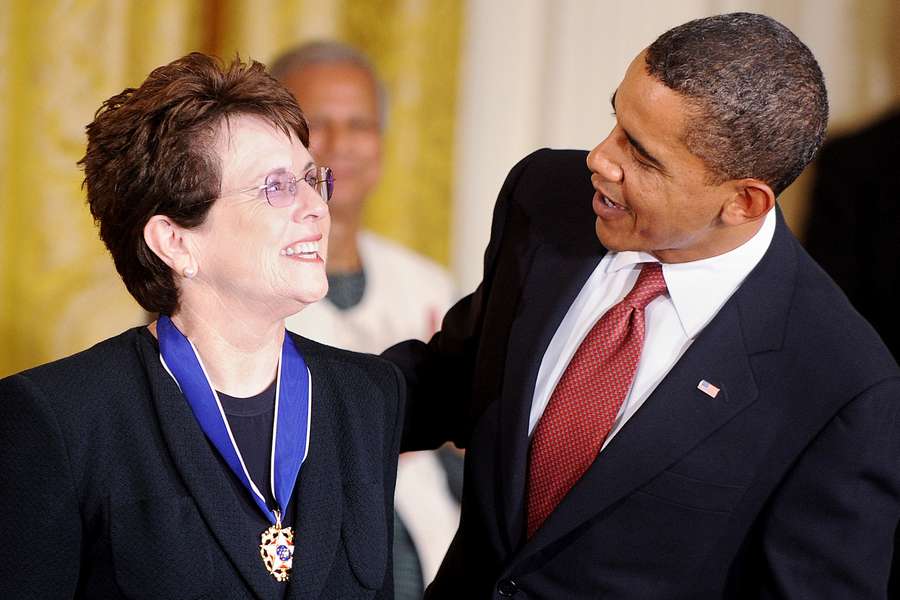
When the Women’s Tennis Association was founded, Billie Jean King was one of nine players that comprised the WTA, also referred to as the Original 9. The other players were Rosie Casals, Nancy Richey, Kerry Melville, Peaches Bartkowicz, Kristy Pigeon, Judy Dalton, Valerie Ziegenfuss and Julie Heldman. In September 1970, they signed a $1 contract to join the Virginia Slims Circuit at the Houston Racquet Club in protest against the inequity in prize money awarded in the men’s and women’s games.
Casals defeated Dalton in the final of the Houston event, which boasted a total prize purse of $7,500. Recognizing that traditional events had to raise their game or risk fading away, the WTA was created at a gathering of more than 60 players in a room at the Gloucester Hotel in London, one week before Wimbledon. The WTA immediately began helping women tennis players gain recognition and equality. The increase in prize money offered to women tennis players produced a ripple effect across all women’s sports, with female athletes gaining well-deserved and long-overdue recognition, endorsement deals, and pay equity with their male counterparts. In 1971, Billie Jean King became the first female athlete to cross the six-figure mark in season earnings. In 1973, the US Open offered equal prize money to men and women for the first time. At present, men and women now compete for equal prize money at all four Grand Slam tournaments.
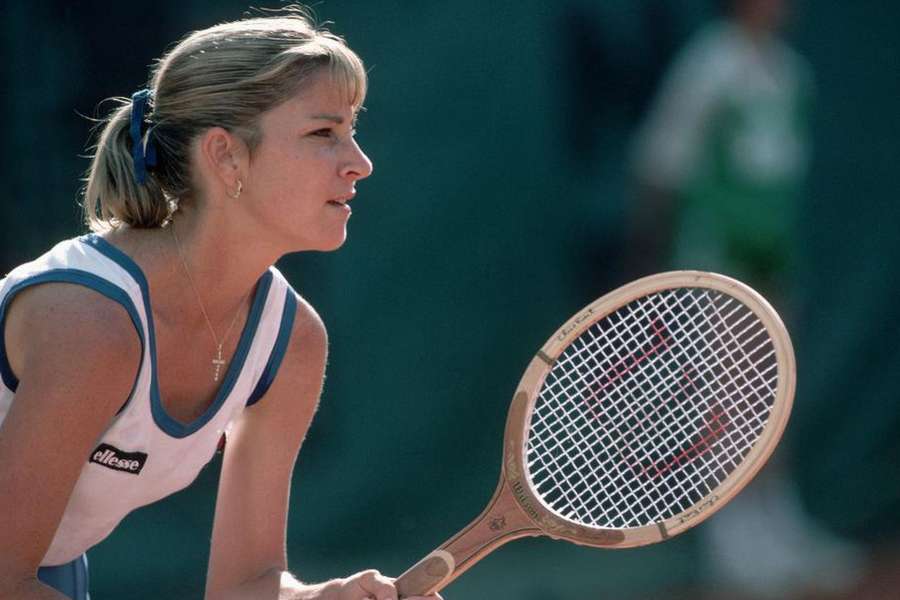
After Chris Evert was announced to be the WTA’s first official world no.1 in November 1975, she became the first female athlete to win over $1,000,000 in career earnings the following year. Over 250 women were playing professionally by 1980, when the WTA Tour consisted of 47 global events, offering women tennis players a total of $7.2 million in prize money. In 1986, Martina Navratilova passed $10 million in career earnings.
Since 1976, Colgate had assumed sponsorship of tour events but in 1981, Avon and Toyota replaced Colgate. Corel replaced them in 1995, the same year that the WTA Players Association merged with the Women’s Tennis Council to form the WTA Tour. Two years later, Martina Hingis earned $1 million in a season (the fastest player ever to do so) before becoming the youngest ever world no. 1 at the age of 17. In 2002, Venus and Serena Williams became back-to-back no.1 players—first Venus in February and Serena in July. In 2005, Sony Ericsson became the Tour’s worldwide title sponsor with a $88 million deal. In addition, Kim Clijsters earned $2.2 million for winning the US Open Series—the biggest pay cheque in both women’s sports and in any official tennis event, men’s or women’s.

The WTA celebrated its 35th anniversary in 2008 by opening its first Asia-Pacific headquarters in Beijing, China. In 2009, Serena Williams became the first woman to earn more than $6 million in a single season. In 2010, 40 years after the revolutionary Virginia Slims in September 1970, the prize money was increased to $85 million. The Original 9 reunited in Charleston in 2012 during the Family Circle Cup. Serena Williams continued her trailblazing career by pocketing her 21st major title in 2015.
The Original 9: Where Are They Now?
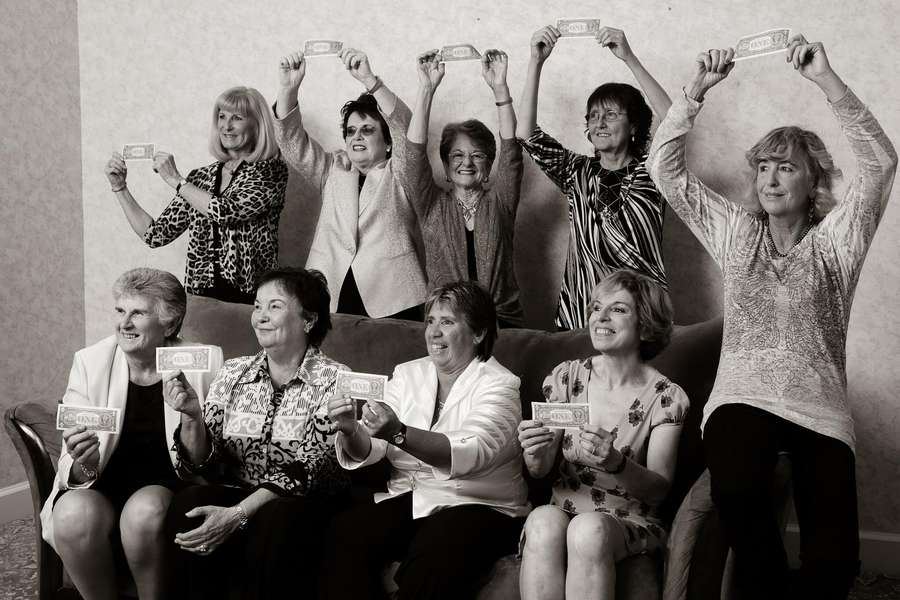
Billie Jean King retired from professional tennis in 1990 but she has remained active as a coach, mentor and an activist. In 2009, she was awarded the Presidential Medal of Freedom by President Barack Obama for her work as an activist, not a tennis player. “We honor what she calls ‘off-the-court-stuff,” President Obama said at the ceremony, via The Washington Post. “What she did to broaden the reach of the game, to change how women athletes and women everywhere view themselves, and to give everyone, regardless of gender or sexual orientation… a chance to compete both on the court and in life.” King is an activist for LGBTQ rights, especially gay athletes and staunchly supports women’s rights as well. At 75 years, King spends her free time with her partner of 30 years, Illana Kloss and is seen at a tennis match every now and then.
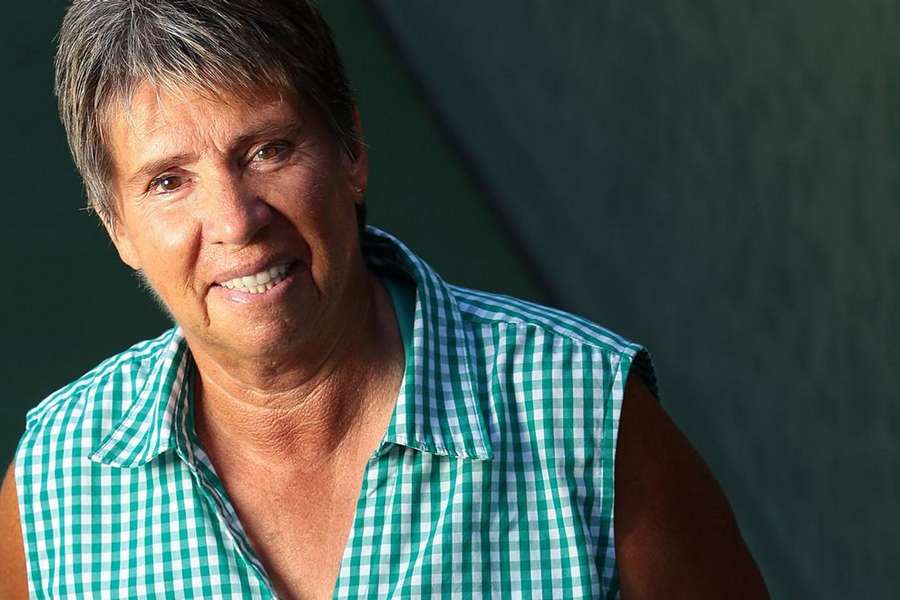
Rosie Casals
Rosie Casals, known as the “rebel” of the group is credited as the driving force behind many of the changes that occurred in women’s tennis. Although she has retired from professional tennis, she remains active in the sports’ world, having broadened her interests to golf. Now 71 years old, she owns her company Sportswoman, Inc.. Nancy Richey is the only amateur winner of a Grand Slam women’s singles title since the start of the Open Era—and is likely to remain so. At the time, she received $27 as her prize money but now, at 76 years, she has accepted her rightful place in the national Tennis Hall of Fame.
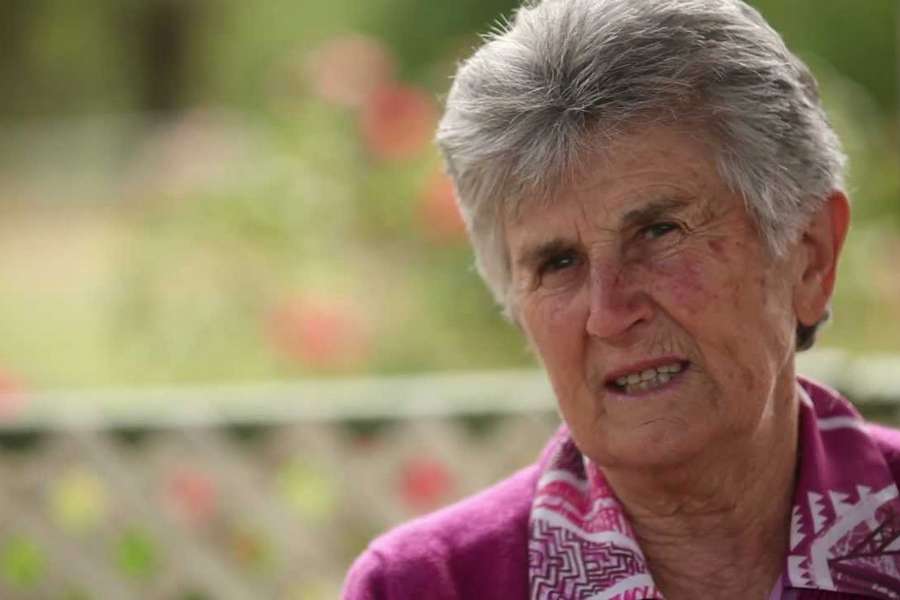
Judy Dalton
Judy Dalton at 81 years, lives in Melbourne and remains active in the world of sports as the president of the Fed Cup Foundation, an organisation established in 1974 to support women – either as players, coaches, officials or administrators. Kerry Melville Reid now lives in South Carolina and is involved in the fly-fishing industry, quite disconnected from the sport that brought her so much success.

Judy Heldman
After her playing career ended, Judy Heldman worked as a television color commentator and journalist with CBS, NBC, PBS, and HBO at the US Open and Wimbledon, 1973–78. Now 73 years old, she has published a memoir “Driven: A Daughter’s Odyssey” chronicling the relationship between her and her mother Gladys.
Jane “Peaches” Bartkowicz has been enshrined in the United States Tennis Association/Midwest Hall of Fame. She was inducted into the Michigan Sports Hall of Fame in 2002. She was inducted into the National Polish American Sports Hall of Fame on June 24, 2010. Kristy Pigeon never fully retired from playing tennis. She played on the women’s pro tour until the mid-1970s. In 1975, she relocated to Sun Valley and directed the John Gardiner Tennis Camps. She then founded the Elkhorn Tennis School and led it for 12 years. After selling the Elkhorn Tennis School, Pigeon founded Hailey’s Sagebrush Equine Training Center for the Handicapped (SETCH) to bring the healing power of horses to individuals in need. She served as SETCH’s executive director until her retirement in 2010. In 2017, Pigeon was honored by the US Tennis Association (USTA) Northern California division and inducted into the USTA Northern California Tennis Hall of Fame Today, at 68 years of age, Pigeon continues to work on wildlife restoration projects on her ranch along with golfing, biking, hunting and Nordic skiing. Valerie Ziegenfuss lives in San Diego. After her retreat from professional tennis she first worked as a tennis coach. Later she started a realtor business. Her daughter Allison Bradshaw also was a professional tennis player in the 1990’s.
What the Original 9 did in 1970, they did on their own — and with little or no support from the tennis establishment. They were threatened to be thrown out but still, they persevered — and today, every time the names Williams, Sharapova, Halep or any of today’s great champions are etched into the history of women’s tennis, history will recognize that they are not only worthy, but they are standing on the shoulders of nine women who played long ago; women who just wanted to play tennis and receive the recognition and financial gain they rightly deserved.


